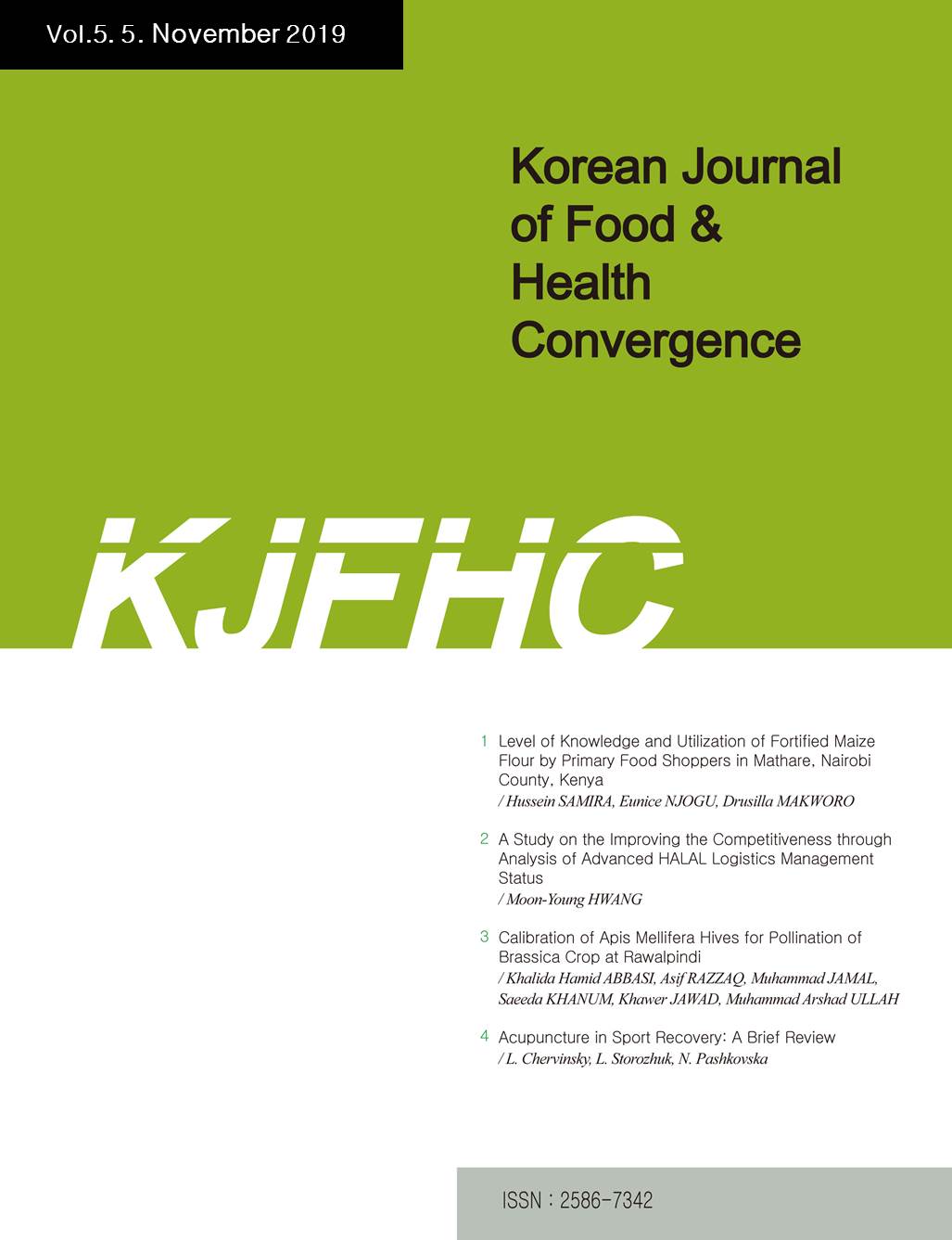 E-ISSN : 2586-7342
E-ISSN : 2586-7342
Sahin, Fatih
Oztekin, Aysah
Abstract
In this present work, the amounts of toxic elements were determined in the soft tissues of mollusks (Mytilus galloprovincialis and Rapana venosa) collected from Igneada shores of the Black Sea where suggested as Marine Protection Area (MPA). M. galloprovincialis accumulated the highest amounts of Cd in winter, while the highest amounts of Cd and Hg were detected in R. venosa in winter and autumn. The concentrations of toxic elements found in the soft tissues of mollusks varied for Cd: 0.07-0.14, Hg: 0.03-0.44 and Pb: 0.09-0.21 mg/g dry wt. The estimated levels of all non-essential metals in the present work were lower than the limits permitted by European Community Regulation (EU) and the Turkish Food Codex (TFC). The estimated weekly intakes (EWI) and daily intakes (EDI) of all the through consumption of these seafood by Turkish people in the Igneada coasts of the Black Sea were quite below the permissible tolerable weekly/daily intakes for 70 kg person (PTWI / PTDI) set by FAO/WHO. As results, it can be concluded that no hazard effects on people health would be raised at present from the consumption of these mollusks' species.
- keywords
- Black Sea, Igneada, Toxic Elements, Mytilus galloprovincialis, Rapana venosa
- Downloaded
- Viewed
- 0KCI Citations
- 0WOS Citations
